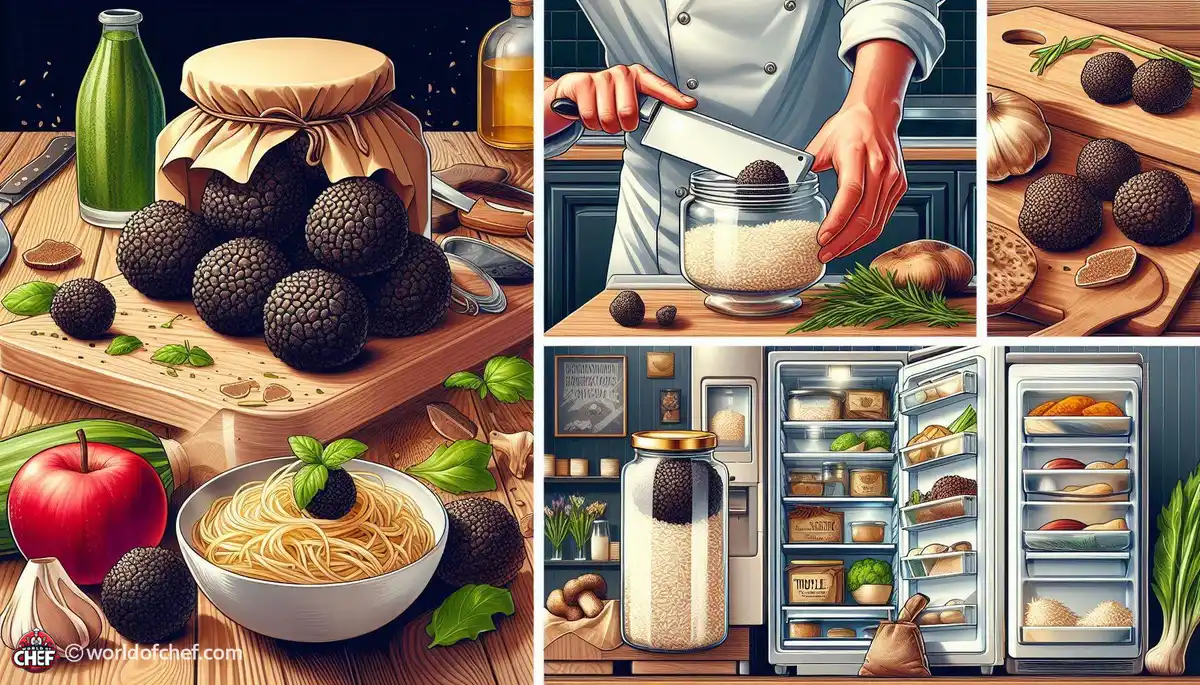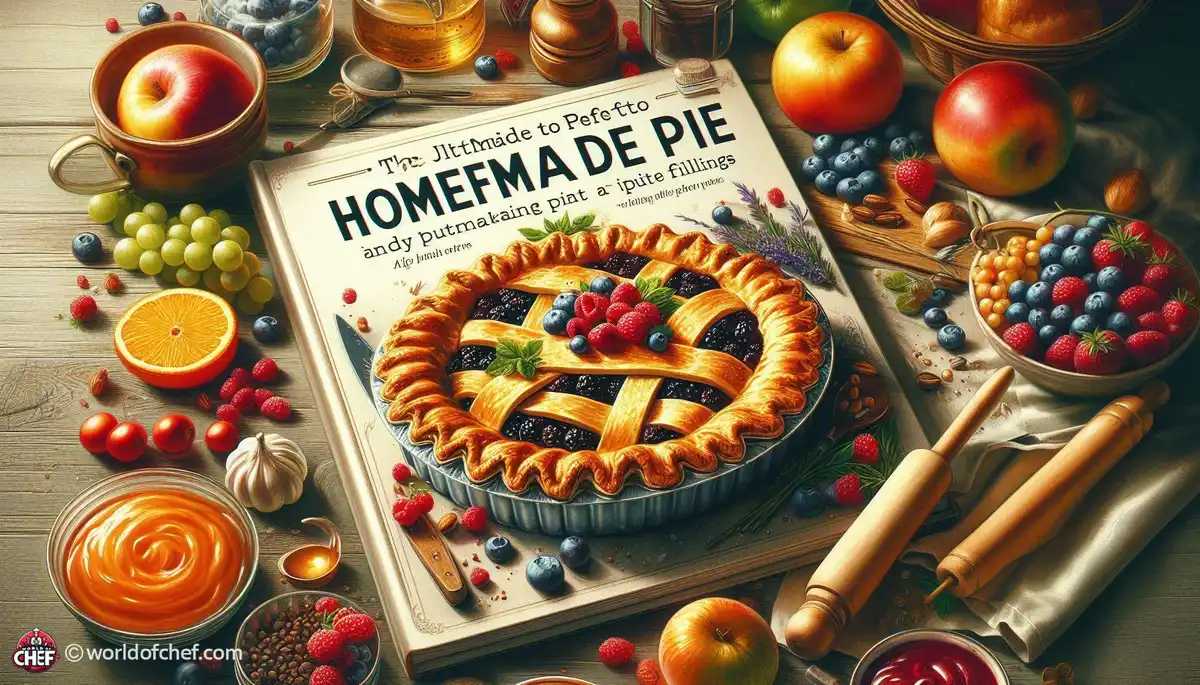
Preserving the Essence: Mastering the Art of Storing Truffles
Serenity McFall - Oct 12, 2024 - 6 min read


In the art of creating the perfect pie filling, quality ingredients determine the best results. Fruits should be picked when they are ripe to gain the best flavor. Selecting the best fruits while making a pie with apples, berries, or stone fruits is of great importance. Similarly, when creating custard or cream fillings, ensure the rich dairy and eggs will enhance the texture.
A good pie filling must have the perfect balance of sweetness. Keep in mind how sweet your fruit of choice is, and then add sugar from there. You can always add more sweetness, but you can't take it away once it's over the top. Try adding honey or maple syrup to create a flavor profile you won't find anywhere else.
You may thicken your pie filling using flour or cornstarch. Flour makes the filling opaque and slightly softer. Cornstarch makes the filling clearer and firms it up. You could opt for the thickener you want depending on what texture you want your pie to be.
Prevention of lumps in the filling of your pie will require that you mix your thickener well. Make sure that flour or cornstarch is mixed with your fruit and sugar mixture before heating so that it is spread throughout. You can also prepare a slurry by whisking the thickener into a little liquid from your filling and then return it to the pot. This way, you won't have clumps in the filling, but you will be rewarded with smoothness.
Spices can be your secret ingredient for your pie filling that will make an already good pie filling a great one. You are free to experiment with spices that you have, including cinnamon, nutmeg, or ginger, to raise the taste of your filling. There is no rule against you making an unconventional spice mix for your pie, so try something that you do not normally have.
For an added depth of flavor, toast your spices before adding them to your filling. Just put them in a dry skillet over medium heat and allow them to get fragrant but not burnt. Such a simple step intensifies the flavors of the spices while giving your pie that elusive depth.
The texture of your pie filling is what makes or breaks your dessert. Whether you prefer a juicy, fruit-filled pie or a thick, custardy one, it's all about getting that perfect consistency. Watch cooking times and temperatures carefully, and don't be afraid to adjust as needed to get the desired texture.
Cook your pie filling and let it cool completely before assembling your pie. The cooling time helps the filling set so it will not be too runny when you cut into your pie. Custard or cream-based fillings may be chilled in the refrigerator for several hours or overnight to achieve the desired texture.
Preparation of fruits will make the difference between a successful fruit pie filling and an unsuccessful one. Wash, peel, and slice your fruits uniformly so that they can be well cooked and dispersed throughout the pie. Remove all the pits, stems, and seeds as they are responsible for unwanted texture in the filling.
Throw your fruit with sugar before adding it to your pie filling to concentrate the natural flavor and moisture of the fruits. All you do is mix your fruit and sugar together and let at least 30 minutes pass to allow sugar to absorb a little bit of the fruit's juice. This isn't just flavoring custard, but also providing the silky syrupy feel to your filling.
It needs precise attention along with the right techniques in order to produce silky smooth custard filling. Heating the dairy slow would not allow it to get scorched, and tempering your eggs will make sure it does not curdle. Continue whisking while you are straining this mixture, and this is what makes sure your texture is silky smooth, free of lumps.
Add further flavorings to your custard, and it just takes it to a completely whole new level. What you can do is try infusing herbs, spices or citrus zest into the dairy before adding the stuff into your custard base. This simple step increases complexity and depth within your filling, pushing a rather ordinary filling from ordinariness into great extremes.
Don't be afraid of thinking out of the box in pie fillings. Be adventurous and use strange ingredients like savory vegetables, cheeses, or even chocolate in a pie to make that classic dessert. Just go wild and create a pie that says something about who you are and your ability to think in the kitchen to create something unique.
When making atypical pie fillings, you want your flavors and textures to marry well. It is critical to realize that sweet and savory as well as salty and acidic are all aspects of that which you incorporate into it, and will determine its adjustment. Do not hesitate to taste things as you go and then trust that the pie makes sense when finished.

Serenity McFall - Oct 12, 2024 - 6 min read

Julia Du - Oct 12, 2024 - 7 min read

Harold Turcios - Oct 12, 2024 - 10 min read

Eloise Jester - Oct 11, 2024 - 7 min read